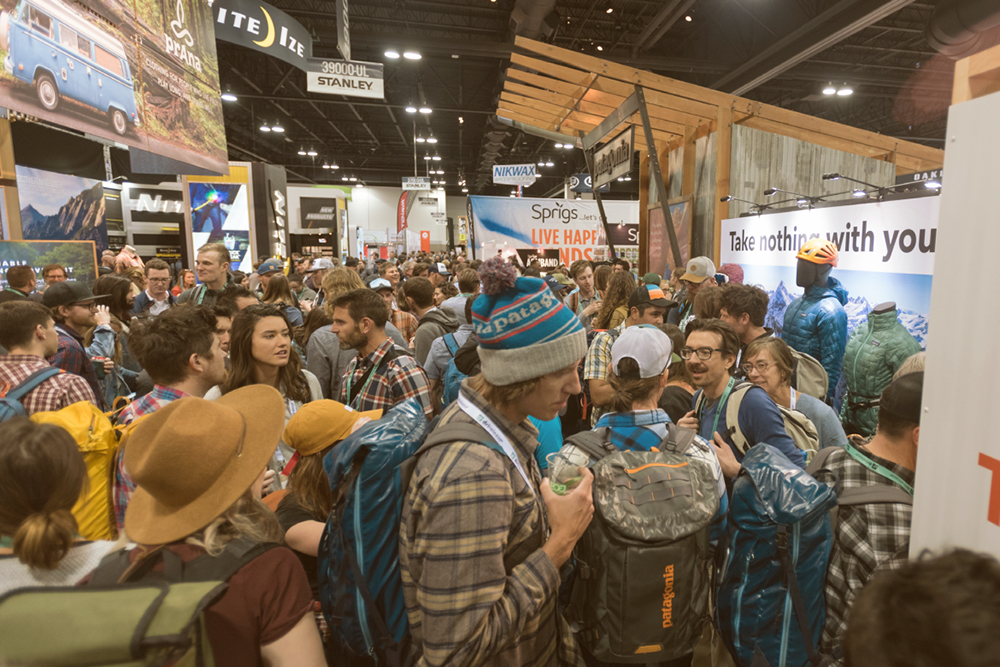RECOIL OFFGRID Preparation Practical Prepping from an Insurer’s Perspective
The concept of prepping is often viewed with disdain by the general public, and there seems to be an unfortunate perception that it's only for paranoid bunker-dwelling types. As a result, we've had countless conversations with friends, family, and even members of the outdoor industry who have insinuated that we must be a little weird to take emergency preparedness so seriously.

At the recent Outdoor Retailer show in Denver, our emphasis on prepping was often met with resistance.
Although we don't do what we do for the approval of others, it's nice to occasionally get some public vindication from mainstream sources. One recent and memorable example was the Medium article “The Surprisingly Solid Mathematical Case of the Tin Foil Hat Gun Prepper” — while the “tin foil” title is sensationalized, the content within is impressively compelling. And most importantly, it's approachable to those outside the prepping community.
We recently read an article published by USAA, titled “How Much Disaster Prep Should I Do In A “Safe” Zone?”. It comes as no surprise that an insurance provider — especially one closely tied to the military — would emphasize the value of preparedness, but we were pleasantly surprised to find the details of the article went beyond simply updating your policy. Check out some excerpts from the article:

Maybe your family constantly hears “Better safe than sorry” and “Be prepared” whenever you’re around. That’s a good thing, says Matthew Angel, a USAA advice director and Certified Financial Planner practitioner.
“Lots of people don’t think about prepping for a disaster until after the disaster strikes,” he says. … “So if you’re already thinking about protecting your home and family before they’re in jeopardy, you’re on the right track.”
Angel notes that recent weather events have demonstrated that nature’s ferocity can be unleashed in areas where it wasn’t expected or with unexpected intensity. While Houston, due to its location, has seen its share of hurricanes and floods through the years, few anticipated a storm like Harvey, which dumped trillions of gallons of rain in a matter of days, inundating homes in areas thought to be at low risk for flooding.
“You should widen your thought about what could happen where you live,” he says.
You don’t have to live in Tornado Alley or along a major geological fault line to have a plan for surviving and riding out a disaster. It’s prudent to have an emergency plan and an emergency kit in place no matter where you live, because even if you’re at low risk for a hurricane or earthquake, events like house fires and power outages can happen anywhere.
You can read the full article from USAA here. Next time someone implies you're paranoid for taking steps to be better prepared for emergencies, articles like this one can provide some ammunition for that discussion.
 STAY SAFE: Download a Free copy of the OFFGRID Outbreak Issue
STAY SAFE: Download a Free copy of the OFFGRID Outbreak Issue
No Comments